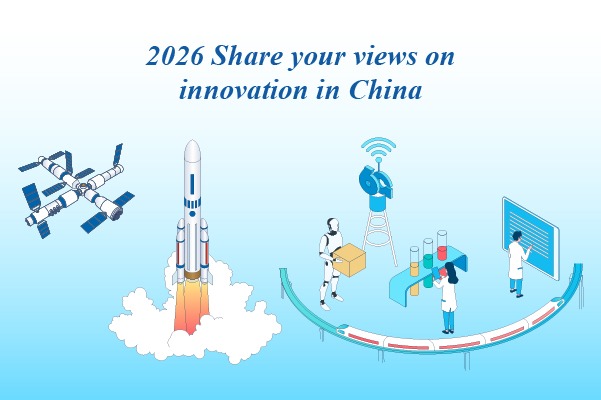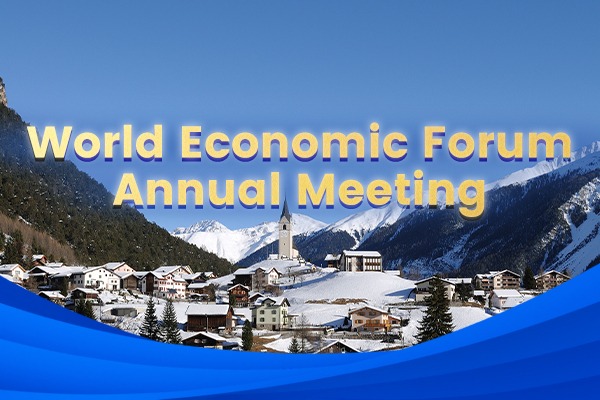Boost high-quality economic development with spatial development concept


Why does the transitioning of China's economy from a phase of rapid growth to a stage of high-quality development require high-quality spatial development? What are the connotations of spatial development and spatial balance? Why and how to promote high-quality development of urbanization? Yang Weimin, a member of the 13th National Committee of the Chinese People's Political Consultative Conference, answered those questions in detail at a seminar jointly hosted by China Internet Information Center (China.org.cn) and Cloud River Urban Research Institute on June 11, 2019.
The 19th CPC National Congress pointed out that China's economy has been transitioning from a phase of rapid growth to a stage of high-quality development. That must be achieved during the process of industrialization and urbanization. Therefore, to some degree, boosting high-quality economic development means advancing high-quality development of industrialization and urbanization.
High-quality development of industrialization and urbanization is both interactive and indispensable. Despite high-quality industrial products and advanced technologies, it should not be high-quality development if the environment is destroyed by factories and chimneys. High-quality industries and products would not suffice, and we must achieve all-round high-quality development in space.
What are spatial development and spatial balance?
Spatial development and spatial balance are two philosophies used to advance high-quality development of urbanization. Development can be generalized into three aspects. The first is economic development, the second people-centric development or the social advance and harmony, and the third is sustainable development emphasizing ecological protection.
The three aspects of development vary from place to place and development strategies of one place can't be copied to another. Of the seven strategies mentioned in 19th CPC National Congress, the rural vitalization strategy can't be implemented across China but only in rural areas. The strategy of revitalizing northeast China can't be carried out all over northeast China to boost economy. For example, the Northeast China Tiger and Leopard National Park aims to protect more tigers and leopards other than promoting economy. So development strategies should be adjusted according to specific areas.
I will introduce three typical cases. The first is Three River Source, the core area of Qinghai-Tibet Plateau. Developing industry is impossible there due to the lack of oxygen. Agriculture doesn't work, because the plants there don't grow well. I have been to Maduo county where trees didn't even grow. How to development economy in such a place?
The only solution seems to be raising cattle and sheep. But over grazing will harm eco-environment and damage functions of water conservation and sand prevention. Since Three River Source provides a great amount of clean water to downstream areas, ecological degradation of the place would harm the water resources of the Yangtze River and the Yellow River. How to improve the living standards of local residents and lift this area out of serve poverty by only protecting eco-environment?
To solve the problem, President Xi examined and approved the pilot plan of The-Three-River National Park covering 200,000 square meters. The method not only protects the environment but also improves local people's livelihood by providing jobs in the park. In future, after the establishment of CO2 emission rights trading market, transfer payments from the central government and other market capital will gather there, and living standard will further improve. In this way, Three River Source can truly enjoy invaluable assets from lucid waters and lush mountains.




































